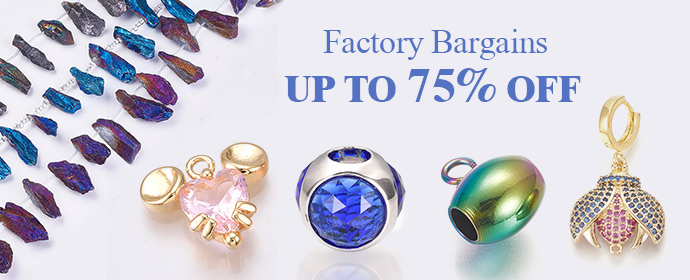Sustainability is very common to be largely used in all the areas of industry nowadays. I remember the day I found a course about sustainable fashion design on the website of Coursera and I was wondering how it can be sustainable but I could find answers through time by reading different articles and learned that Fashion as any industry can be sustainable by respecting the environment in the different steps of the production process.

Shoot by: Ksenia-Chernaya
Indeed, today there are several brands, companies that are concerned with ethics and sustainable practices. These companies adopt a slow mode of production that takes into account both people and the planet. This is why we hear about the concept of “Slow Fashion” which advocates a production that is respectful of the environment, animals, and people who work on the production line. It also involves local artisans and the use of eco-friendly materials, with the aim of preserving craftsmanship and the environment and ultimately providing value to consumers and producers.

Handemade bag-Shoot by: Artem-Beliaikin
We can find by a simple Google search that the Slow Fashion movement was sparked in the last century when Natalie Chanin launched Project Alabama, a collection of 200 hand-sewn T-shirts produced locally and Stella McCartney launched its own line, applying animal-friendly policies, so no leather and no fur, in 2001.
After that, the researcher Kate Fletcher, consultant and design activist, and author of Sustainable Fashion and Textiles coined the phrase “Slow Fashion” in a 2007 article published in The Ecologist to compare the two modes of fashion production, soft mode, and fast mode.
The philosophy of Slow Fashion includes these elements: buying vintage clothes, redesigning old clothes, recycling, and reproduction practices, buying from small and local producers, making clothes and accessories at home, and purchasing good quality clothes that last longer, using sustainable materials.
Some of these marks are certified organic, using clothing donation programs, sustainable materials like cotton & fibers, eco-friendly packaging, recycled fabrics, solar & wind energy, biodegradable & renewable materials, safe & fair working conditions, plastic-free & recyclable packaging and they are artisan-made.

Clothes made with cotton -Shoot by Madison-Inouye
Some of these marks are United by Blue, BackBeat Co, Soluna Collective, Two Days Off, Thought Clothing, Tentree, People Tree, Hass, Vetta, Organic Basics, Pact, Boden, Patagonia, Kotn, Quince, and Reformation.

Long-lasting bag-Shoot by: Fatin-Hisham
In the end, I would say that it was very interesting and exciting to learn about this Mode of Fashion and to find that this industry is trying to create a new way of thinking and producing Fashion which is more respectful of our planet. Did you think about buying products from Slow Fashion?
By Fatma
Recommend0 recommendationsPublished in Uncategorized


